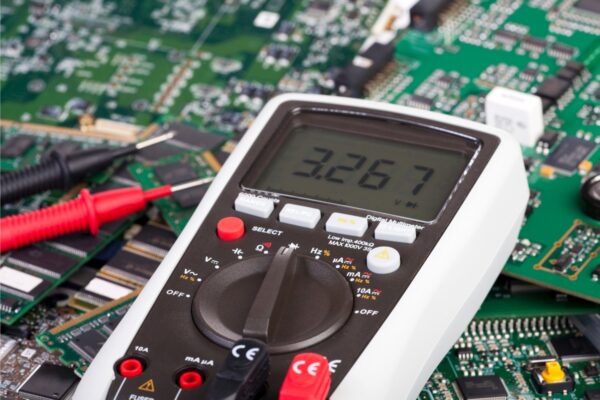What is Ground Plane Clearance
Ground plane clearance is the minimum distance or spacing required between the copper planes and the pads or holes on a printed circuit board. This parameter is crucial for ensuring proper electrical insulation and preventing potential short circuits or interference between the copper planes and the pads or holes.
When determining the ground plane clearance, it is essential to consider the voltage potential between the circuits connected to the pad and plane on the inner or outer layer of the PCB. Guidelines for electrical spacing and creepage can be found in IPC 2221B Table 6, which provides specific recommendations for maintaining safe distances between conductive elements.
During the manufacturing process of PCBs, misalignment between the pads and holes can occur due to factors such as pressure and heat during lamination, drilling machine tolerances, and stack drilling for production. Therefore, the ground plane clearance must account for these positional tolerance issues and ensure that the spacing is sufficient to accommodate any misalignment.
To address misaligned pads, drill machines can be programmed to offset the hole in the largest area of overlapping coverage, reducing the annular ring of certain misaligned pads in the stack-up. X-ray machines can also be utilized to align patterns and drill programs by visualizing the internal layers of the board’s copper patterns and identifying deviations from the nominal position.
It is important to consult with the board manufacturer to determine the minimum gap required for ground plane clearance and to incorporate tolerances and margins to ensure successful board production. By adhering to appropriate ground plane clearance guidelines, PCB designers can maintain signal integrity, prevent electrical issues, and optimize the performance of their designs.





